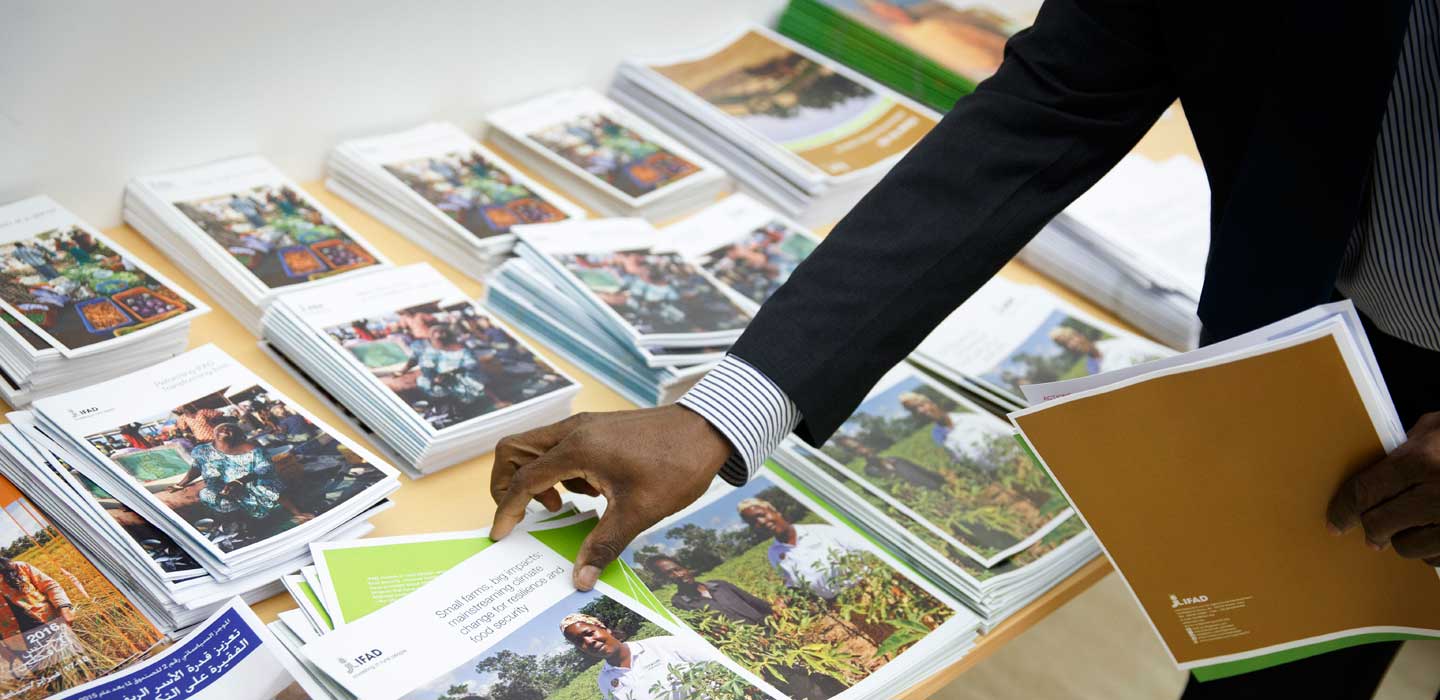Fiches d'information

Fiches d'informations
Menu Affichage
SearchResultsFilters
Résultats de recherche
Addressing climate change in Latin America and the Caribbean
août 2015
Projections of the Intergovernmental Panel on Climate Change (IPCC) indicate that, in the future, warming in Latin America could range from 1-4 degrees Celsius to 2-6 degrees Celsius, depending on the various climate scenarios. As land-use changes in Latin America have intensified the use of natural resources, land degradation and desertification have accelerated. The IPCC predicts that, by the 2050s, about 50 per cent of agricultural land in the region will be subject to desertification, and in some areas salinization. From the Amazon rainforest and the high mountains of the Andes to the coral reefs of the Caribbean and the coastal waters of the Gulf of Mexico, Latin America and the Caribbean is host to unique ecosystems and biodiversity of global importance. Despite the region’s relatively small contribution to global warming, its natural environments and resource-dependent economies are threatened by the impact of climate change, and poor and marginalized rural communities are at greatest risk.
Addressing climate change in Near East, North Africa and Europe
août 2015
The Near East and North Africa region is one of the world's driest and most water-scarce regions. In many areas in the region, demand for water already outstrips supply. Although the region contributes relatively little to greenhouse gas emissions, it will be among those hardest hit by climate change. Climate experts predict that, in future, the climate will become hotter, drier and more variable. Over the next 15 to 20 years, average temperatures are estimated to rise by at least 2 degrees Celsius, and possibly up to 4 degrees Celsius. Higher temperatures and reduced precipitation will increase the occurrence of drought, as is already evident in the western part of North Africa. Densely populated low-lying coastal areas in Egypt, Kuwait, Libya, Qatar, Tunisia and the United Arab Emirates are particularly at risk from rising sea levels and saltwater intrusion into agricultural land.